Rock Guitarist, Songwriter, Author
FRANCIS VOIGNIER
HIWATT AMPS
I have used Hiwatt amplifiers since 1973, all of them the DR 103 model, also known as the Custom Hiwatt 100, and sometimes referred to as the "all purpose" 100, for its AP denomination on the serial number plate. My love for these amps is multifold, but mostly, I have always been hugely impressed by their sound, loudness, and indestructibility. Even though they are still being built today with pretty much the same circuits as those in Pete Townshend and David Gilmour's old rigs, their story is extremely convoluted and deserves to be told. Below is my honest attempt at putting some form of continuity into the many paths Hiwatt amps have followed from the mid '60s to the present...
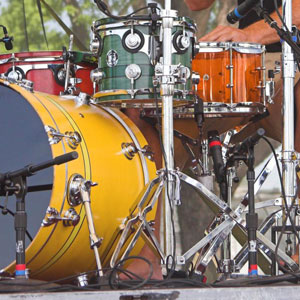

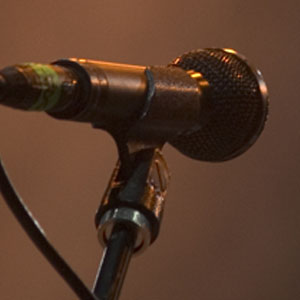
PREFACE
Until Dave Reeves' tragic death in 1981, Hiwatt amps were built by Hylight Electronics in a number of locations around southwest London, first in Morden and New Malden, then in Kingston, and finally Surbiton. Beside the Hiwatt line, D. Reeves designed and built the Sound City Mark I amps for Dallas Arbiter, as well as the Sola Sound line for Macari Ltd for a brief period. For all intents and purposes, the products from the Hylight era are the most sought after, for they were the amps favored by many of the rock guitarists of the '60s and '70s, including James Page, Glenn Cornick, Robert Fripp, Roger Waters, John Wetton, The Ox, Paul Kossoff and of course, Townshend and Gilmour among the many.
THE BEGINNING
Dave Reeves attended technical school in the '50s and did apprenticeships at Marconi Electronics and Mullard before securing a job with the latter. He also started working evenings making amps as well as fixing hi-fis and televisions in a small 1st floor shop in Morden, from 1964 until 1968. It was where he came up with the Hiwatt name and decided to start his own company. After he was laid off from Mullard in 1966, the field became open for the Hiwatt project, and Hylight Electronics was born (the name originated from a 1963 band for which Dave serviced some amps.) Reeves then bounced production between his shop and his house (affectionately remembered as the maisonette,) where he completed the amps. His first big order came from Dallas Arbiter for which he made amps under the Sound City name, and the Hylight label can be found on the chassis of these units. In 1968 he used the severance pay from Mullard and the money from Dallas Arbiter for a down payment on a house in New Malden. It had a garage which quickly became Hylight's new headquarters.
The early versions of the amplifiers were 50 watt heads with split chassis and top-mounted controls, some that came in small enclosures with black on white script logos, others in bigger boxes emblazoned with the "split script" gold logo, such as the top-mounted controls DR502, the DR508, and its bass mate, the DR506. Although it is disputed as to when those amps where produced, a short issue of a white on black script logo DR 508 with front controls appeared following the 6 knob model. The first of the 100 watt amps, the "all purpose" 100 came too with a gold script logo; it was shortly followed by the formidable DR103 with a new chrome logo. By 1969 the line had expanded to include the 200 watt DR201, the 50 watt DR504, the DR105 and DR106 bass models, the CP103 based on the Sound City Mark I used by Pete Townshend, the obscure DR118 and the PA DR109 and CR202. In his goal to manufacture the most reliable and best sounding amps ever, Dave Reeves sourced top-shelf components and adhered to strict wiring standards. The massive Partridge transformers, the use of military grade parts throughout, and the tidy cable runs were testaments to his commitment to producing amplifiers built to the highest standards.
Dave Reeves and Hylight worked tightly with many British rock artists of the day, and rare and unusual custom models saw the stage over the course of the late '60s and early '70s.
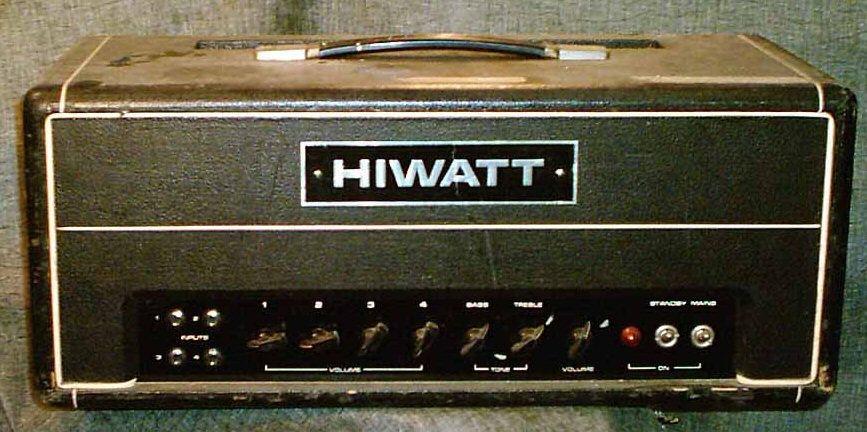
1969 CP103 (Courtesy Mark Huss)


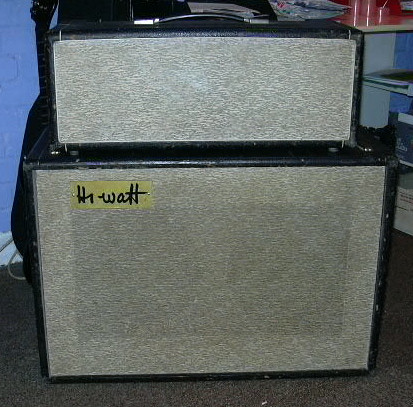
Extremely rare, generally thought to be '64 and '65 pre Arbiter DR 508 heads with black script logo. (I personally believe these were built after the split chassis, top-mounted controls units, likely in '66 or '67 as indicated by the 7 knob layout, and that these four could have been the only ones ever to come in that configuration.)
A rare DR502 split chassis, top-mounted controls from 1966 with cab.
Sound City Lead 105 circa 1966


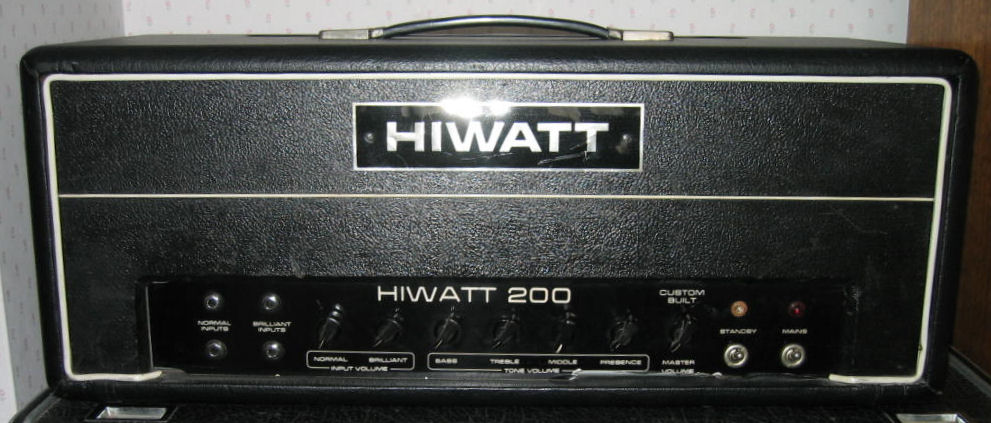
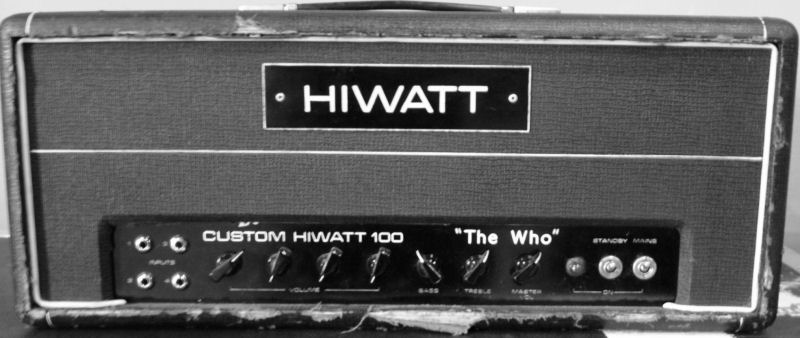

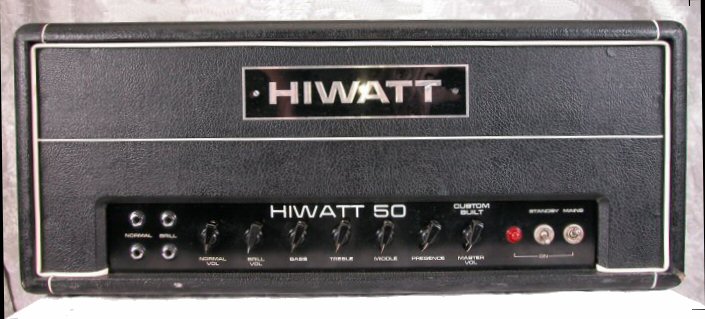

Early 6 knob DR508
1969 DR201
Pete Townshend's CP103
1969 DR103
1969 DR504
John Entwistle's "The Ox" with CP103 layout
HYLIGHT GOES INTO GEAR
It is unclear as to when Peter Webber joined Hylight as its sales manager, but he was the man responsible for putting the amps onstage and in the studio with The Who, Pink Floyd, The Moody Blues, Jethro Tull, The Small Faces, Manfred Mann, and countless others. Dave Reeves did all he could to keep production up in the New Malden garage to the dismay of the neighbors bothered by the noise (one imagines he did test the amps in there as well...), but by 1971 it became evident Hylight needed help and Dave picked up the phone with the aim of locating a subcontractor for the wiring duty.
At the end of the line Dave connected with Harry Joyce, a British navy instrument contractor from Walton-on-Thames who was at first skeptical and somewhat reluctant, but who eventually agreed to take the job as long as production did not exceed 40 units per month. Dave Reeves was already meticulous about chassis-wiring quality, but Harry Joyce took things a notch further into the realm of regimented perfection, thus making Hiwatts the most neatly laid out and serviceable amps in the field. Harry Joyce would remain in charge of wiring the bulk of the amps up to until early 1984. (All Harry Joyce-wired amps are highly sought after and can be recognized by the tech’s initials on the top edge of the chassis, followed by the Harry Joyce name and other code letters. If the initials HJ precede the name, it is likely that Harry himself wired the unit, but be aware of forgeries.)
With the wiring secured, the next step was for Hylight Electronics to find a larger facility for the design, assembly, testing and marketing phases, and in late January 1972 the operation moved to the small industrial area of Kingston upon Thames (a stone’s throw from New Malden) known as Park Works, in an old bakery building at 16 Park Road, where it remained until some time after Dave’s passing in early 1981.
The firsts of the DR405s (a 400 watt all tube all purpose behemoth,) the STA50 and STA400 slaves, as well as the SA212 and SA 412 combos and the DR506 PA (10 inputs/400watts) appeared at around serial # 4000 or early to mid 1973. Until that point most of the production comprised of the DR103, 504, 201, CP103 models, the STA100 and 200 slave amps and the DR512, DR112, and DR203 PA mixer/amp combos. (Because of the lack of reliable data and the fact that many units are unaccounted for, the dates of release is at best an approximation and will consequently be adjusted as time goes).
Mark Huss (of Hi-Tone amplification), the authority in Hiwatt lore, divides the Hylight era into 3 zones, 1966 to 1974, ’74 to ’77 and ’77 to 1981, each representing minor shifts in design and/or the addition or phasing out of models. Based on my experience, most of the design alterations happened in the preamp circuitry but rarely affected the general tone and feel of the amps, and perhaps the most radical of them were in going from four inputs to two and swapping the turret-type solder points with printed circuit boards in the late ‘70s. Overall, the line remained consistent if for the introduction of a few new models such as the SA112, SA115, SA112FL, SA115FL, and the 100 watt SA212R (reverb/vibrato) combo, as well as a few heads with switchable inputs (i.e. DR103S, DR504S).
Something rarely mentioned is the fact that production suffered a drop in Hylight’s later years. The company produced an average of between 1,000 and 1,500 units per year from 1971 to 1979, but in 1980 and 1981 the output fell to around 500 units a year, numbers that coincided with the introduction of PCBs and lesser quality potentiometers; a move most certainly aimed at cutting down on production costs. There may have been other unexplained factors behind the need to cut costs, and most likely behind what later led to the collapse of Biacrown. I know for a fact that the ‘70s were rough in the UK and the black market was rife with stolen goods. I also know that many a DR103 and DR504 “fell off the back” of the delivery trucks throughout Hylight’s history and how these amps were put back on the market at ridiculous prices. Management was poorly equipped to deal with such heavy losses and often looked the other way. In other words, employee criminality was through the roof and I dare say that this oversight on the part of the administrators was just as pivotal to the sagging revenues. I worked in South Wimbledon and Morden at the time and I know what happened at Hylight, for that level of organized thievery was pretty much systematic everywhere across the entire UK industry…

Inside a mid '70s DR103 chassis showcasing the military-styled wiring employed by Harry Joyce*




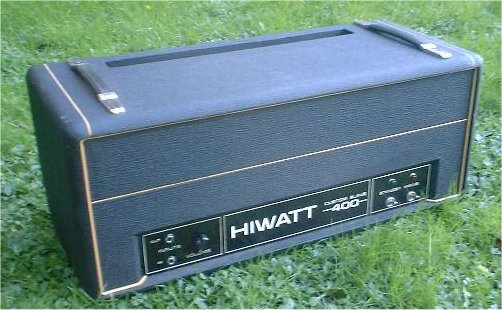




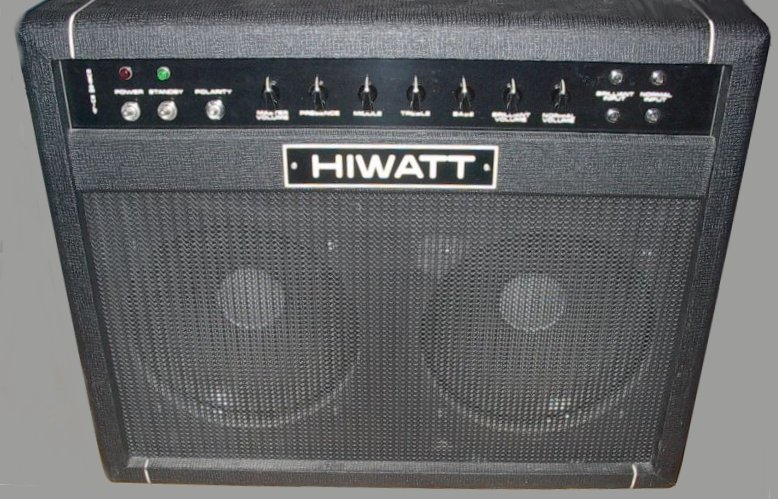




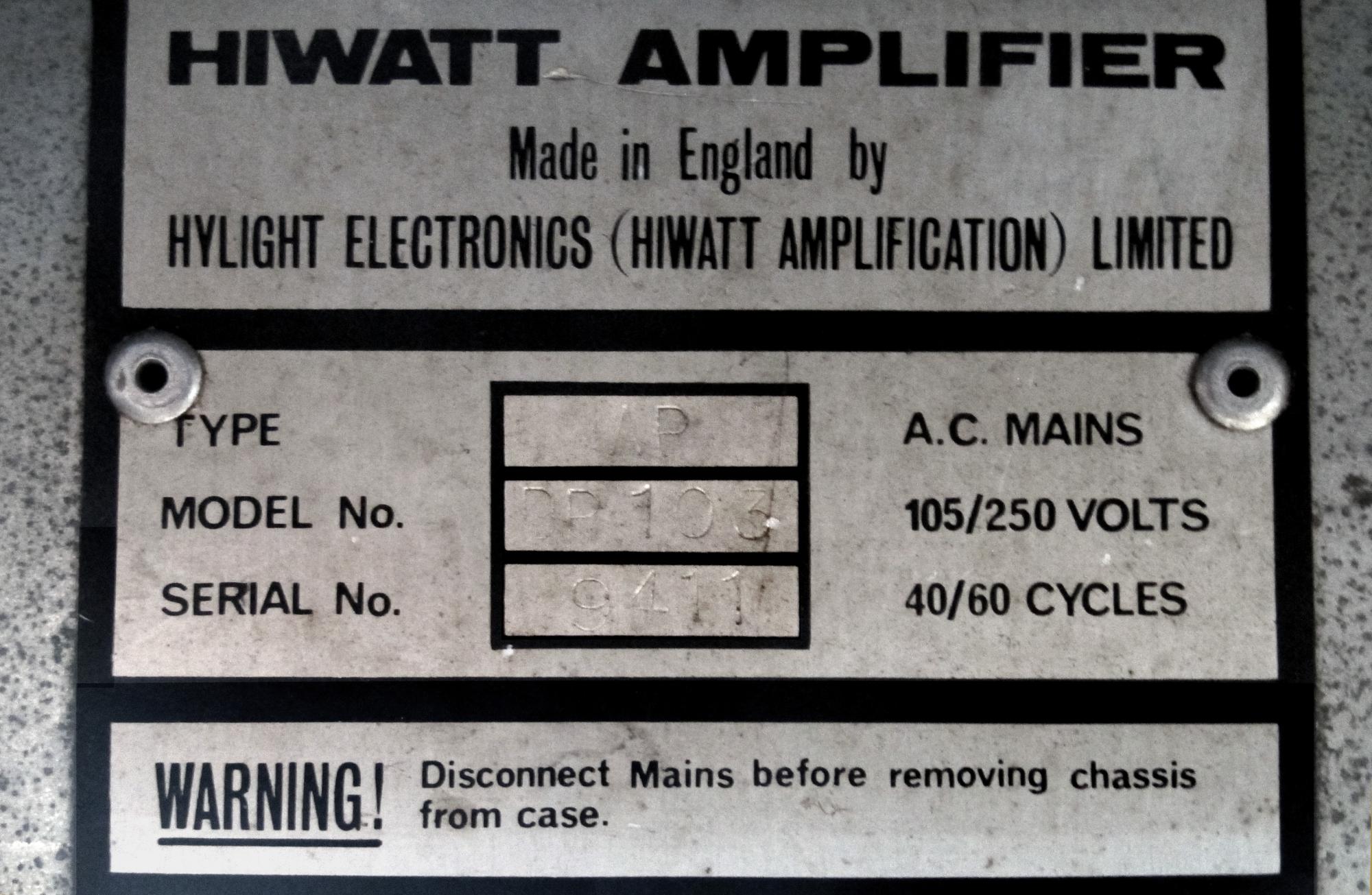
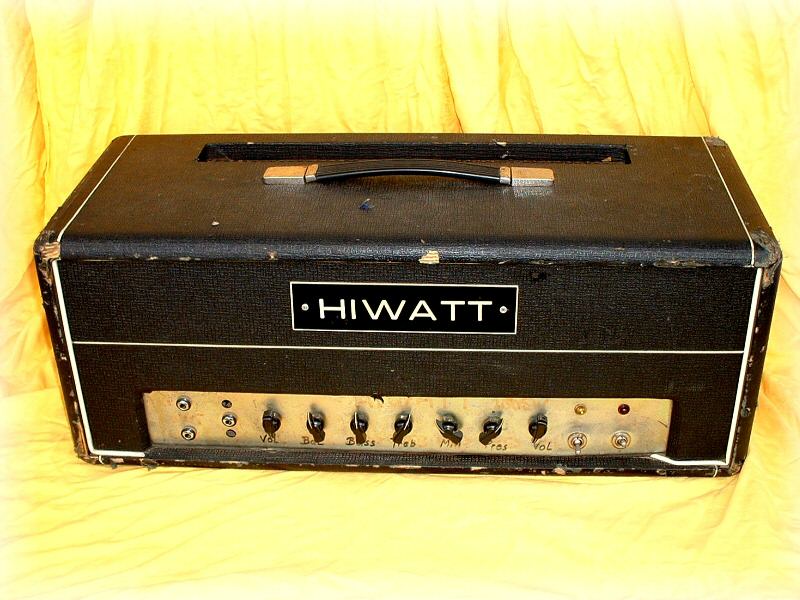
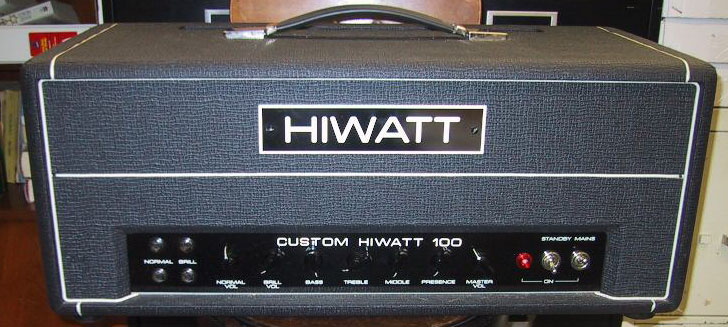
Rare tube driven type "A" PA mixer
DR203 PA powered mixer
STA100 slave amp
STA200 slave amp
STA400 slave amp
DR405 400 watt chassis
DR201 200 watt all purpose amp
50 watt DR504
Rare SA212VR 50 watt combo with variable reverb
SA212 combo
Ultra rare SA412
DR103 atop 2150 bass cabinet
FL112 100 watts of brute force in a small box
Front chassis of DR103
Mid 1976 DR103 serial plate*
And occasionally they ran out of control plates. DR201 most likely built for Roger Waters
Mint 1977 DR103
All photos above excepted those asterisked courtesy Mark Huss
And thus came the end of the road for Hylight Electronics as Dave Reeves fell to his death down a staircase in the early months of 1981. Since he had divorced his wife Daphne, the company fell in the hands of lawyers and his goal to turn the name over to his children was blown to the wind. The employees with administrator Mary Clifford at the helm formed Biacrown Ltd and resumed with production in a new location in Surbiton. It is unclear why Biacrown had problems paying their bills, but their relationship with Partridge ended and they had to source transformers from companies such as Drake and Sowter. Biacrown also stopped paying Harry Joyce and it unceremoniously fell apart in early 1984...
In its short life, Biacrown engineers came out with a few innovations of their own, tweaking circuits to add overdrive to the DR103 and give it the name OL103. The Maxwatt S100 reverted to turret soldering points and old school pots, and used the CP103 layout but it was fitted with Drake transformers instead of the beloved Partridges.
Many consider the Biacrown era part of the Dave Reeves legacy as it was after all formed by all the employees of Hylight Electronics.
Some may say that Biacrown's financial problems were mere handovers from Hylight and that possibly the latter would have hit bottom as well had David Reeves lived... We shall never know.
THE SHORT-LIVED BIACROWN

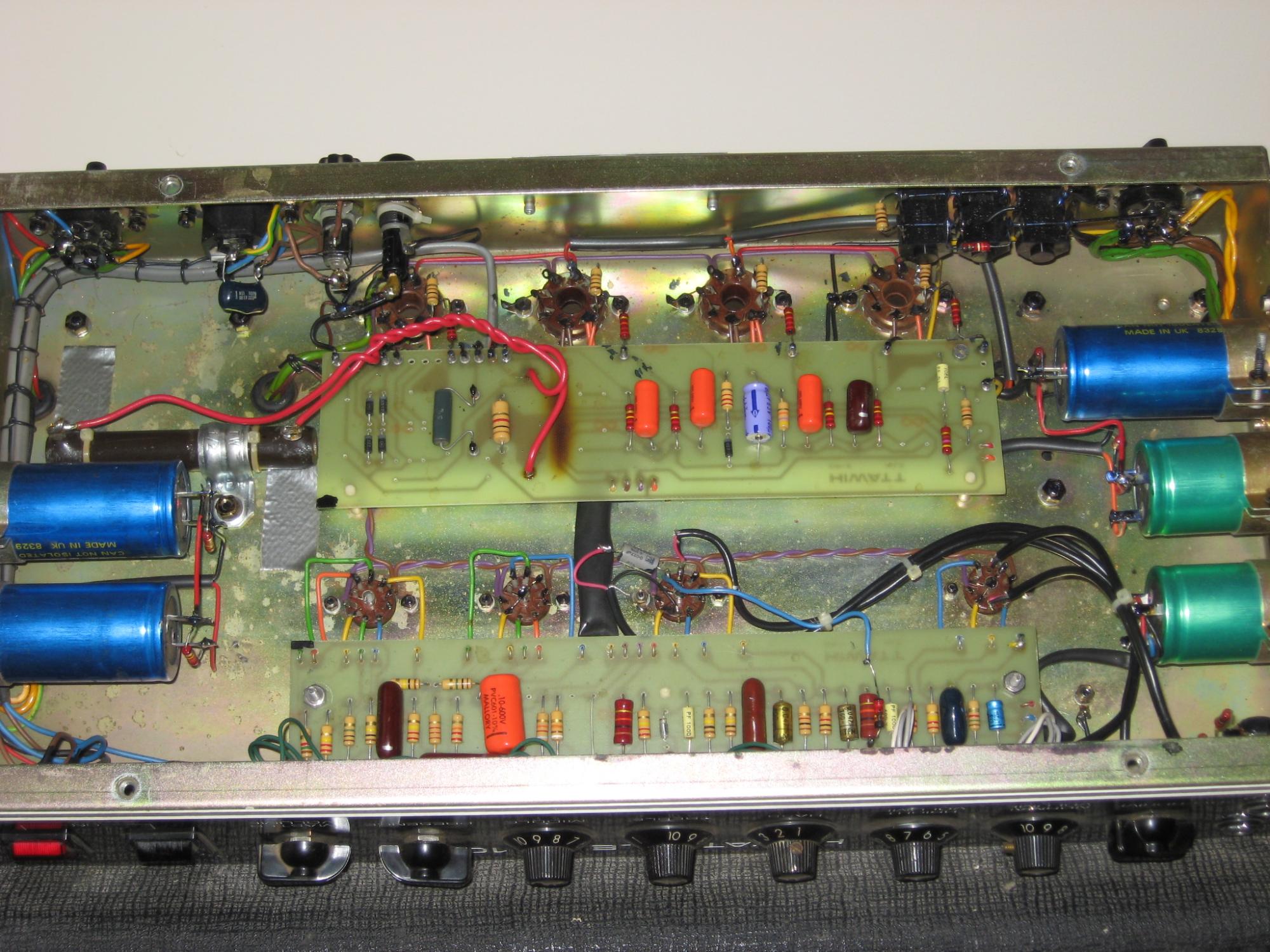
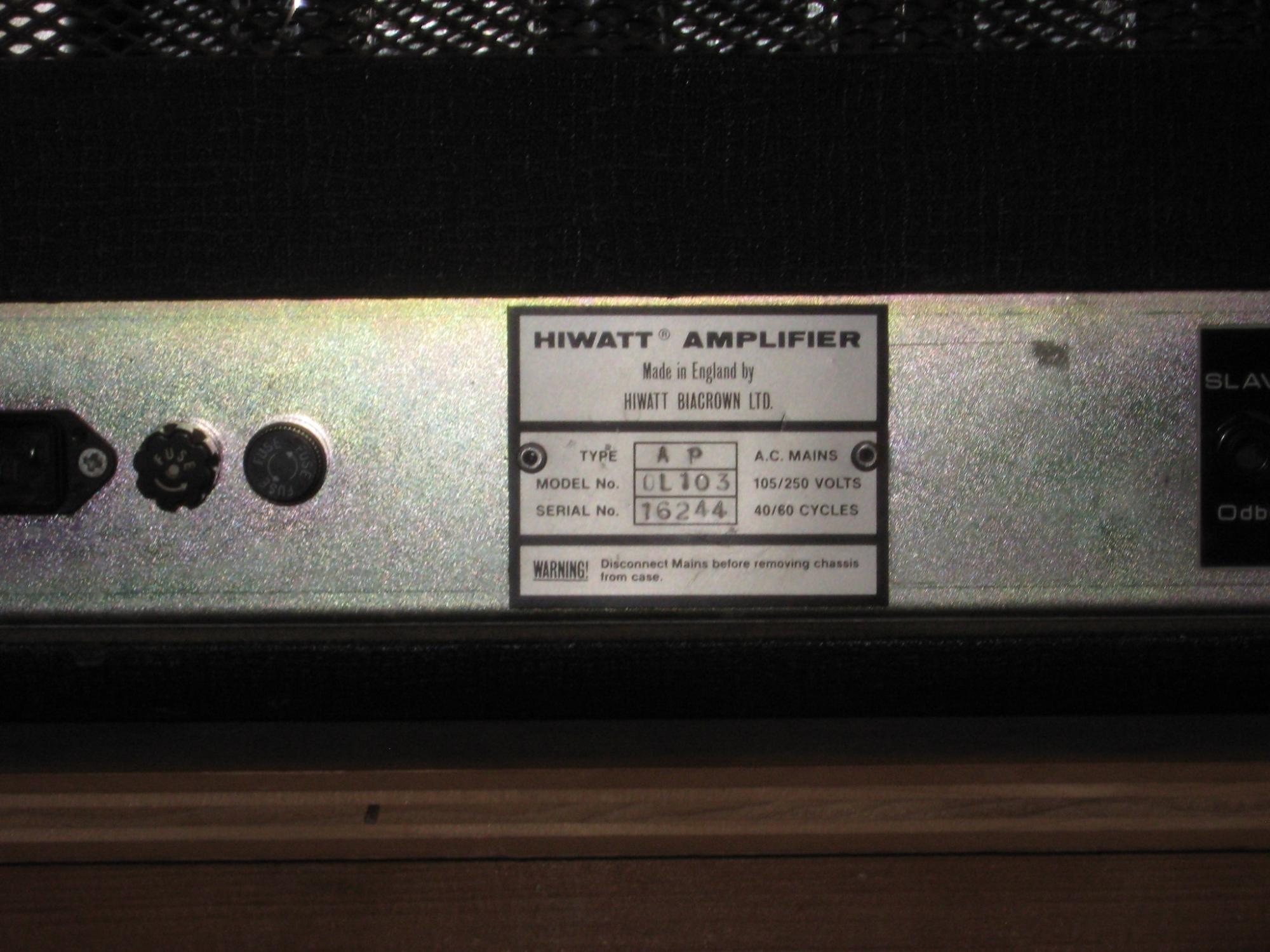

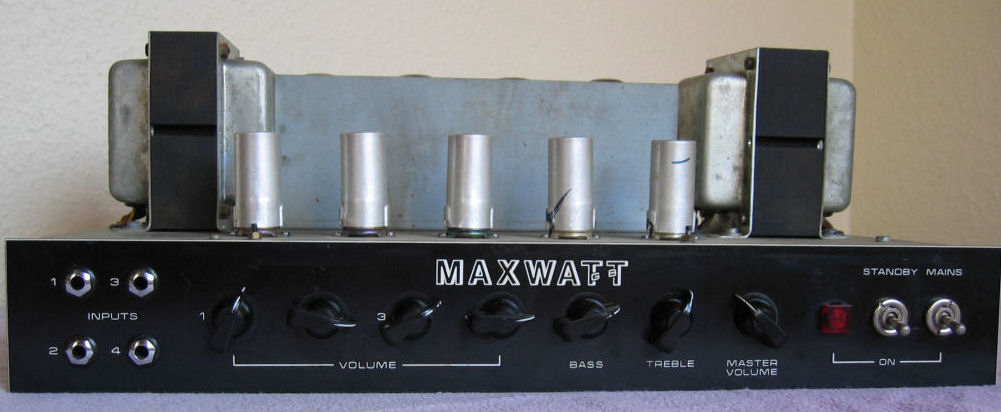
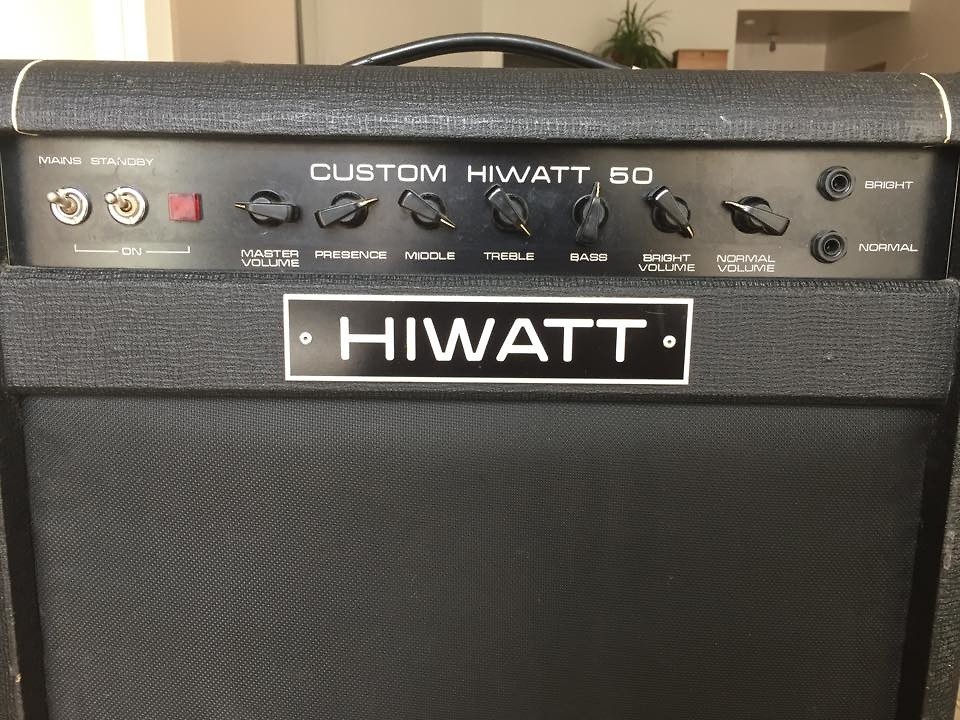
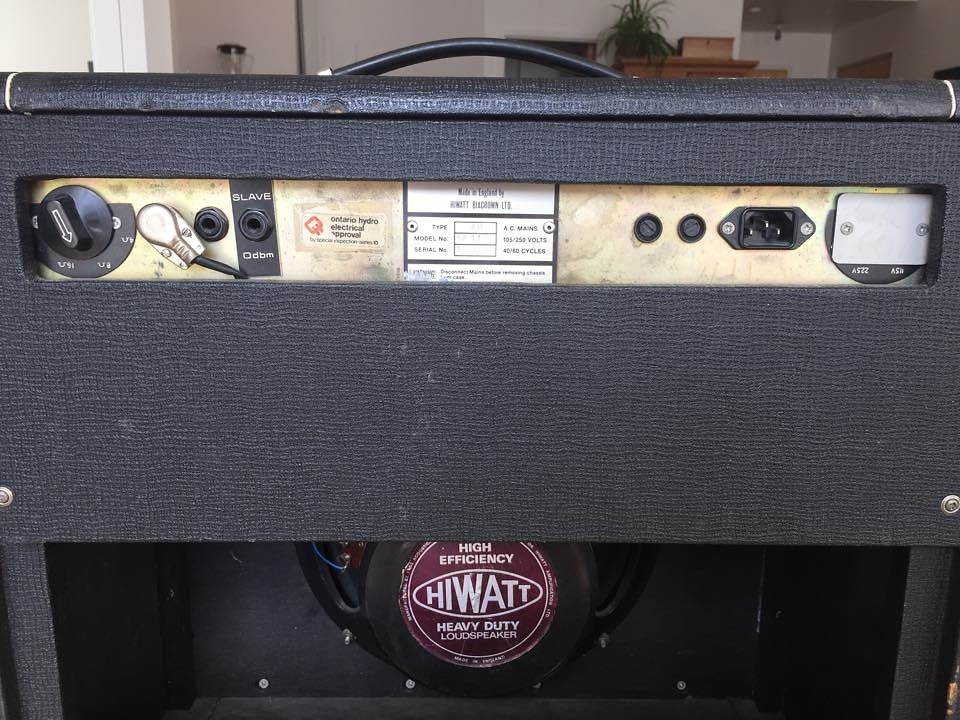
Somewhat altered innards of Biacrown OL103
Biacrown serial & model plate
Rear view of Biacrown OL103
Maxwatt S100
Biacrown SA112
Biacrown SA112 rear showing Fane loudspeaker
Hiwatt Lead 100 (OL103) with overdrive atop 1976 DR103
THE AFTERMATH
Mary Clifford sold the Hiwatt name to Rick and Justin Harrison, owners of the musical instrument store chain Music Ground (now defunct) and who have been building the amps since the early 2000s independently from MG, but Fernandes (of the 9 Lives group?) and for reasons unknown to me, secured the trademark for Japan and North America, leading to the proliferation of cheap solid state amps of no consequence to this story.
It is unclear what happened when Biacrown closed doors but a number of amps were built with the remaining parts using serial plates that said Hiwatt Amplification (England) Ltd. Rick Harrison might have ended up with the inventory when he bought the name. Some sources claimed Turntone and Matamp built some of the line but what is for sure is that Harry Joyce went ahead with building his own under his name, and his are just as desirable as those from Hylight, and for good reason. Harry Joyce passed in 2002 and later HJ amps and cabinets were manufactured by Matamp.
Whether the Harrisons had anything to do with it or not (it is well documented they had their hands full), it is clear the Hiwatt name lived on through various incarnations, first with Sterling Imports Ltd which had the amps built in Modesto, California. Quality on these US built amps was questionable but the looks remained strictly Hiwatt. The Radio Brothers in the UK manufactured, with possibly the help of Matamp, some very fine examples in the 1990s, going back to turret boards and Partridge transformers. For obscure reasons, the Biacrown name briefly reapeared as well. Then Music Ground got into gear in the early 2000s and went ahead with handwiring the line, adding new high and low-powered models as well, and once and for all putting the Hiwatt name back on the map in all of its past glory (though recent shuffling of the line including the addition of the transistor Maxwatt series and the "custom shop" label for the classic amps, could mean some of the models may not be UK built after all...)
One major hurdle remained, Hiwatt couldn’t export to the US because of Fernandes which held the trademark, and Music Ground eventually sued Fernandes over copyright infringement. In the meantime Bill Jansen out of Cincinnati, Ohio suggested to Justin Harrison that he re-badge the amps with the “Reeves” moniker for export to the US market, (possibly without the Reeves family consent.) So in 2003 the first of the re-branded Hiwatts hit the US But Jansen seeing little returns out of the deal decided in 2005 to build his own in the States under Reeves manufacturing co. (also claiming that his were better than the British ones…) To confuse matters even further, Music Ground resolved his trademark issues with Fernandes and secured the rights worldwide, thus hitting the US market with the line many perceive as the real thing (including a perhaps not totally legit Hylight electronics serial number plate on some series...) But not all…



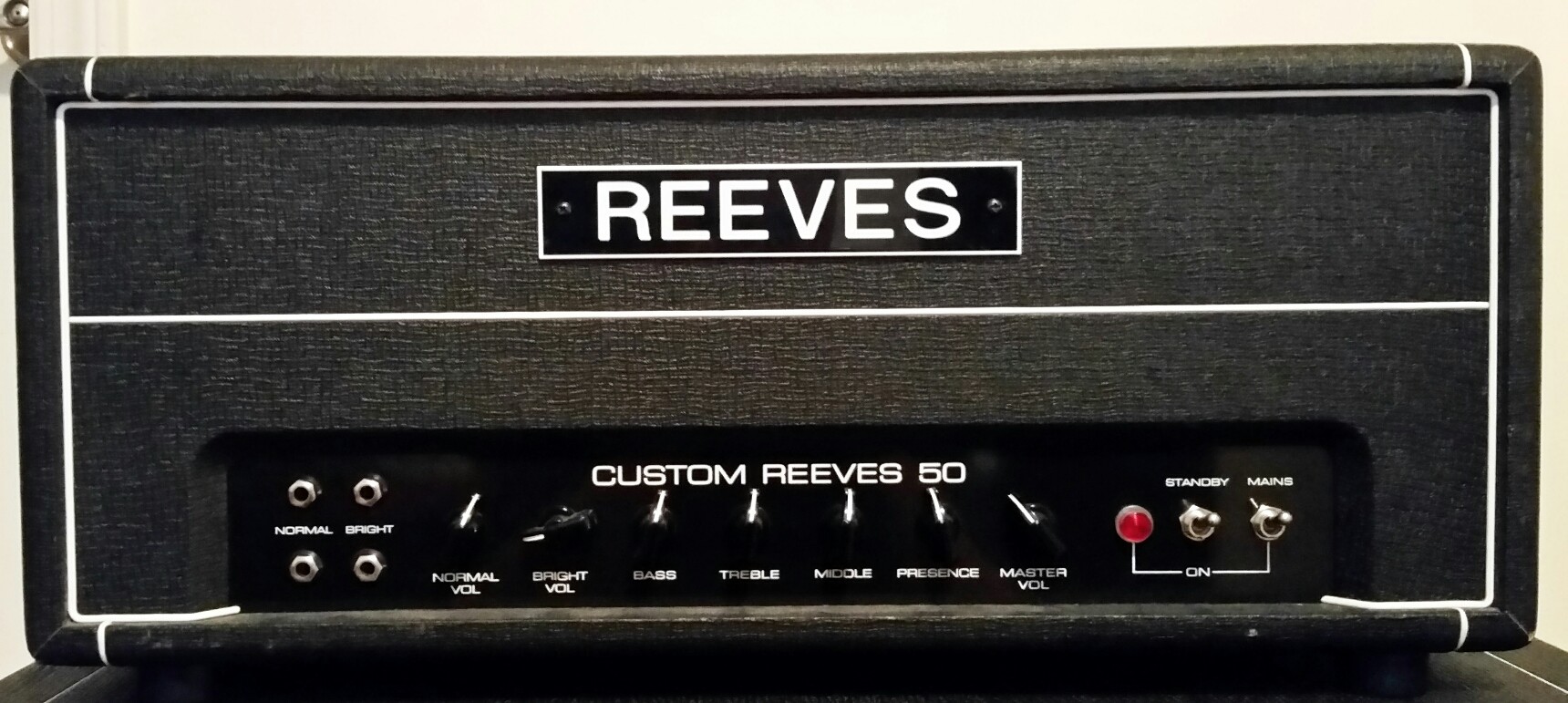




AJ50 Harry Joyce's version of the DR504
AJ100 Joyce's version of the DR103
Post Biacrown DR504 by Hiwatt amplification Ltd
Sterling Import US-built Lead 100 with reverb
Reeves rebadged Music Ground Hiwatt DR504
2006 Reeves Space Cowboy with 2 knob reverb. Essentially a DR504 or DR103 with reverb
Audio Brothers SA112
Audio Brothers DR103 chassis
Music Ground 20 watt head
A beauty from France, the IT-11 Audio Custom 100 from my good friend Gilles Ferrand

Another contender on the never-ending list of the Hiwatt-cloning enthustiasts
NOW WHAT?
Over the years Hiwatt kits were made available to the DIY weekend warriors and many a DR504 and DR103, some great, others not so, have seen the smoky stages of lost bars and remote town halls. Some of these kits even included "real" false Hiwatt logos and control plates. Worth mentioning is that some units showed up with already existing serial numbers, revealing forged ID plates and lousy innards. With the disappearance of such kits in recent years and the introduction of minor cosmetic changes in clones (mostly in the orientation of the white piping and implementation of new lines,) it is obvious Music Ground's Hiwatt has been tightening the screw on trademark and copyright infringements.
But one more vital and final detail; since Dave Reeves’ death, the Hiwatt, Hylight and Reeves monikers have been used without much consideration towards the Reeves family name. Mark Huss whom I have mentioned a number of times in this story and who was extremely instrumental to me writing it, and with the collaboration of Clayton Callaway and Glynn Reeves (Dave’s son), formed the Hi-Tone amplifier company in Indiana (US) which dedicates its work to the building of the best of Dave Reeves’ designs and for once, with the approval of the Reeves family estate. Glynn and his mother Daphne still live in the New Malden house where the garage still holds some of Dave’s Hylight paraphernalia.
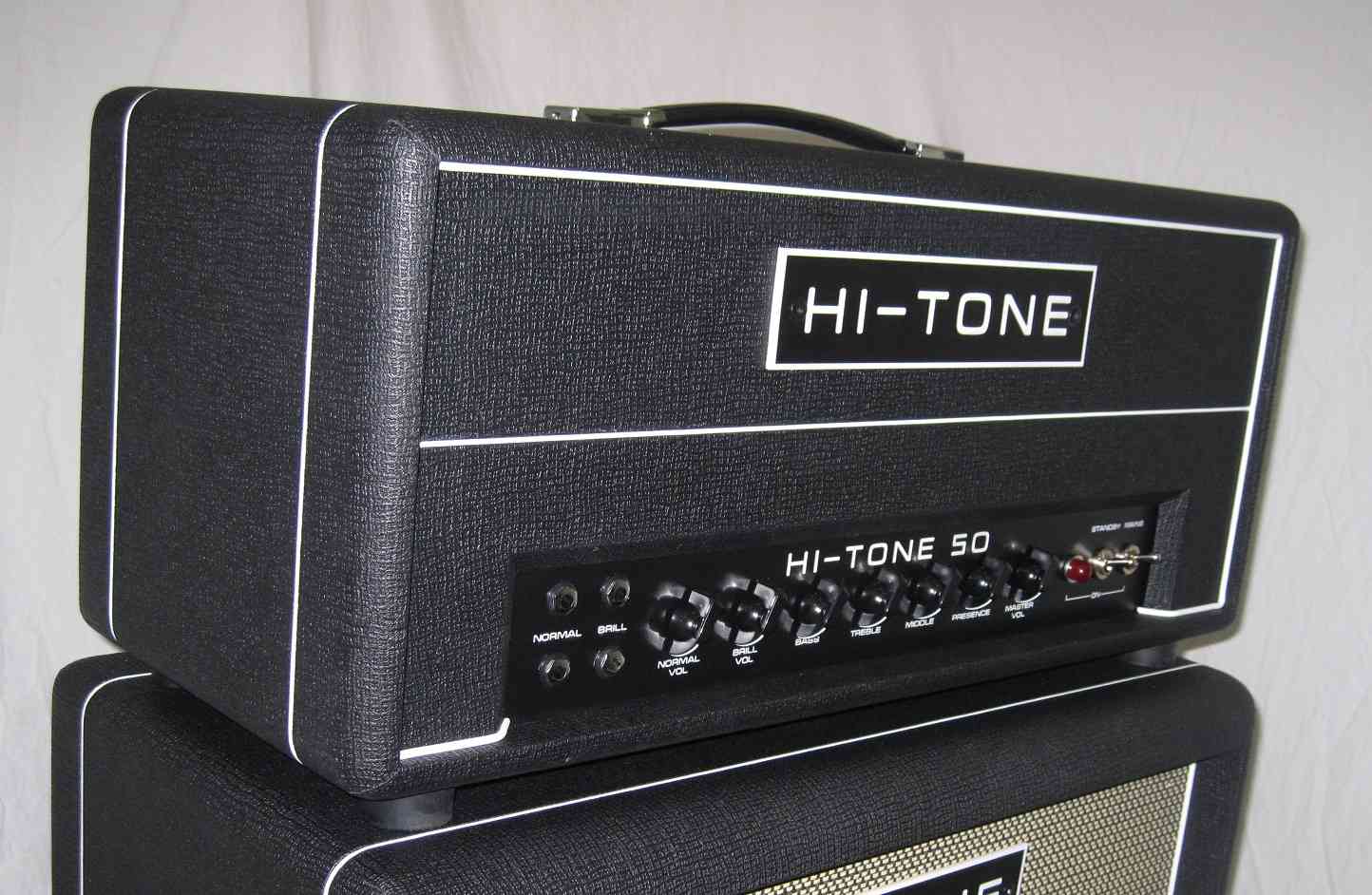



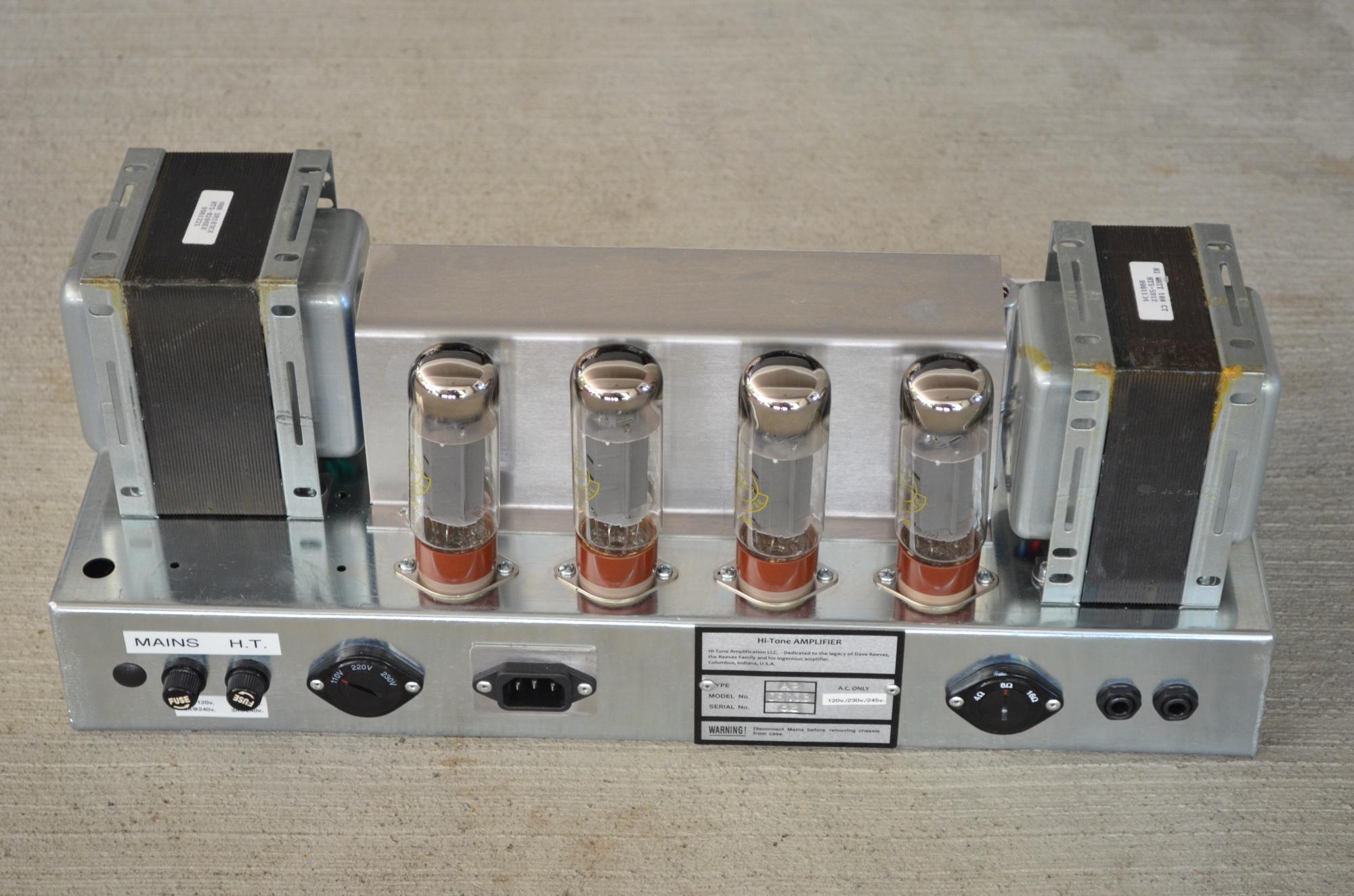
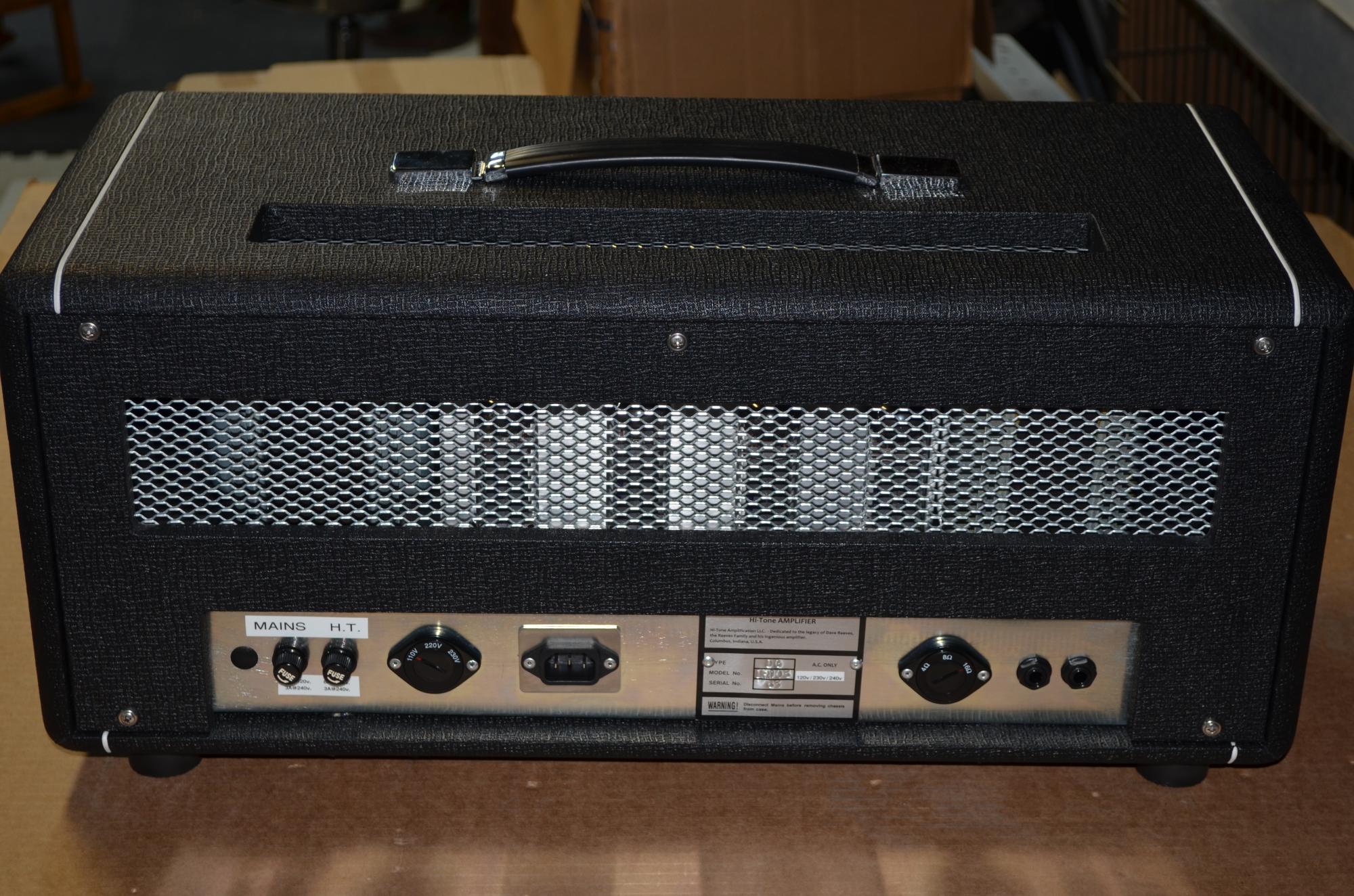
Is Hi-Tone the real Hiwatt? After all, the Reeves blood flows through it. DR504 design
DR103 type
DR201 type
DR201 type rear
Hi-Tone DR103 rear
Hi-Tone DR103 chassis
My deepest thanks to Mark Huss for the invaluable ground work and his boundless patience for putting together the Hiwatt World Register for all Hiwatts still in the field as well as the story which served as the base of my personal research. My deep appreciation goes to Dave Reeves and his family, Hylight electronics and Biacrown for providing me with the only amps I have ever used on the big stage and on most of my recordings, I am forever grateful. Also, many thanks to Clayton Callaway at Hi-Tone for making it so easy to do business with.
Photos courtesy Hi-Tone amplification

The Royal Amp Co. builds some very fine replicas with high end and military grade components. Here is the Jimmy Page 50 also available in 100 watts
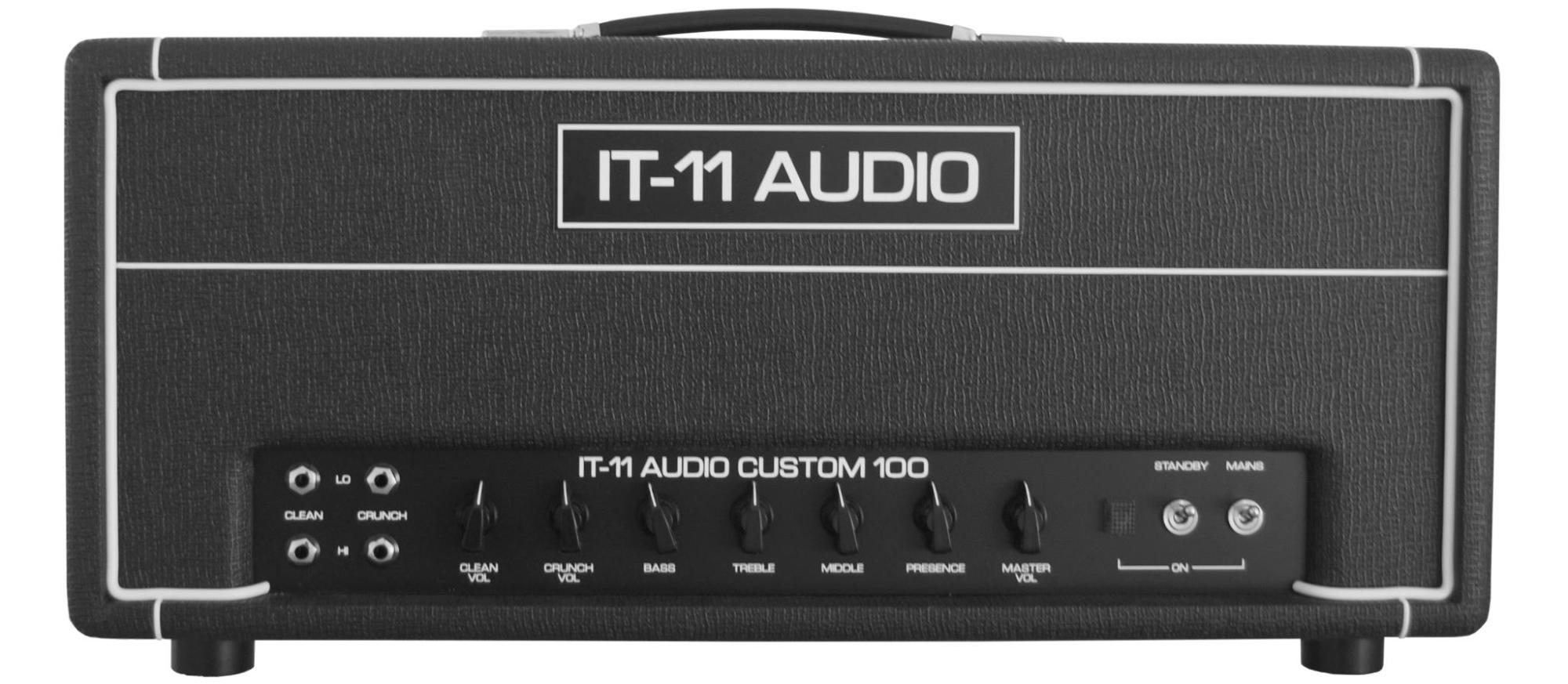
A young Jimmy Page with a couple of early DR103s*

6 knob DR 508 head & 80 watt cab circa 1966*
© 2017-2025 Francis Voignier